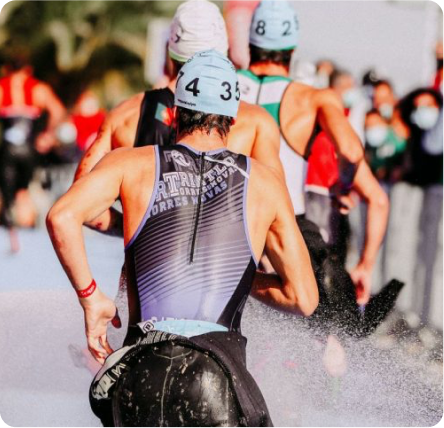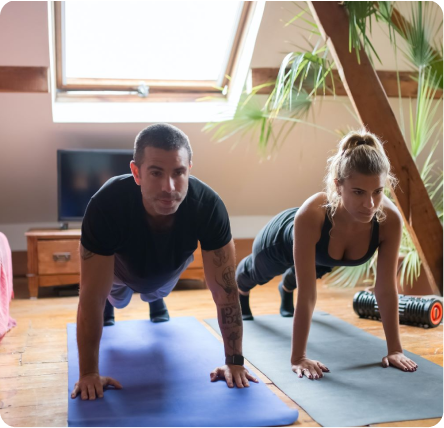ADAPTING FROM SHORT DISTANCE TO LONG DISTANCE TRIATHLON HOW CAN I IMPROVE IT?

It’s important to recognise just how large the jump can be from Olympic distance triathlon to completing a full IRONMAN. While the increase in swimming distance is only around 30% the running and bike legs will more than double. Obviously your training volume is going to have to increase to accommodate this but it’s crucial that you manage this increase gradually. You must allow your body the time it needs to adapt if you’re to reduce your risk of injury.


RECOVERY IS KEY

Fatigue is an inescapable part of long distance triathlon training so to ensure optimum performance you need to learn how to give your body and mind the opportunity to recover. A properly periodised training plan will have recovery weeks built in, these are essential not only to allow your body to absorb the training load but also give your mind a break from the rigours of repeated hard efforts. Alongside this, stretching, foam rolling and sports massage all play a part in recovery and injury prevention so make sure not to neglect them. Finally, don’t underestimate the importance of quality sleep to good recovery. So make sure to ditch the devices when it’s time for bed and prioritise getting a good night’s rest.
KEEP AN OPEN MIND

The move from short to long distance is a massive learning exercise and training techniques you may swear by for shorter distances often don’t transfer well when you’re stepping up to IRONMAN. A good example of this is brick workouts. Following a long bike session with a long run brings on a massive amount of fatigue which can have a big effect on the rest of the week’s training. I typically encourage my athletes to do shorter brick runs and keep longer runs for a separate training session (with the exception of when we’re doing a race simulation).
